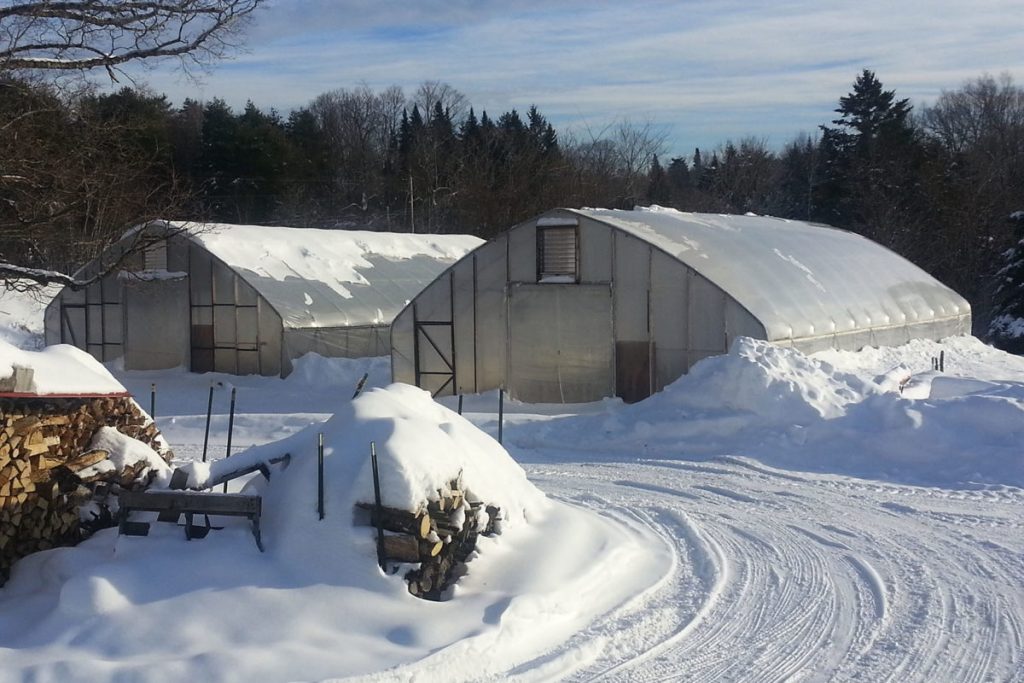Seeing fresh produce on the grocery store shelves throughout winter is nothing new—places like California, Florida, and Mexico have been making it happen for years. What is new, however, is how much of it has started coming from your local farmer, even in the northern half of the country. Because, as it turns out, winter farming is kind of having a moment.
Farmers are finding ways to grow vegetables during the cold months, and they’re doing so with large unheated hoophouses, heated greenhouses, or small “low tunnels.” These structures provide farmers with an attractive environment protected from snow, frost, wind, and excess rain, and allow the grower to control the humidity, moisture, and temperature.
And from 2007 to 2012 alone, when the last farm census was done, production of vegetables in greenhouse structures increased from 1,417 acres to 2,249 acres—an over 60 percent increase in just five years.
Why the uptick? From an industry that is likely to be worth over $20 billion by 2019, customers are increasingly seeking out local food—presumably even in winter—so demand is part of it. Another reason for this leap is the U.S. Department of Agriculture’s (USDA) National Resource Conservation Service (NRCS), which began a program in 2010 dedicated to funding high tunnel projects for farmers. Since then, the NRCS has helped fund over 13,000 hoop houses or similar structures. That certainly helps.

